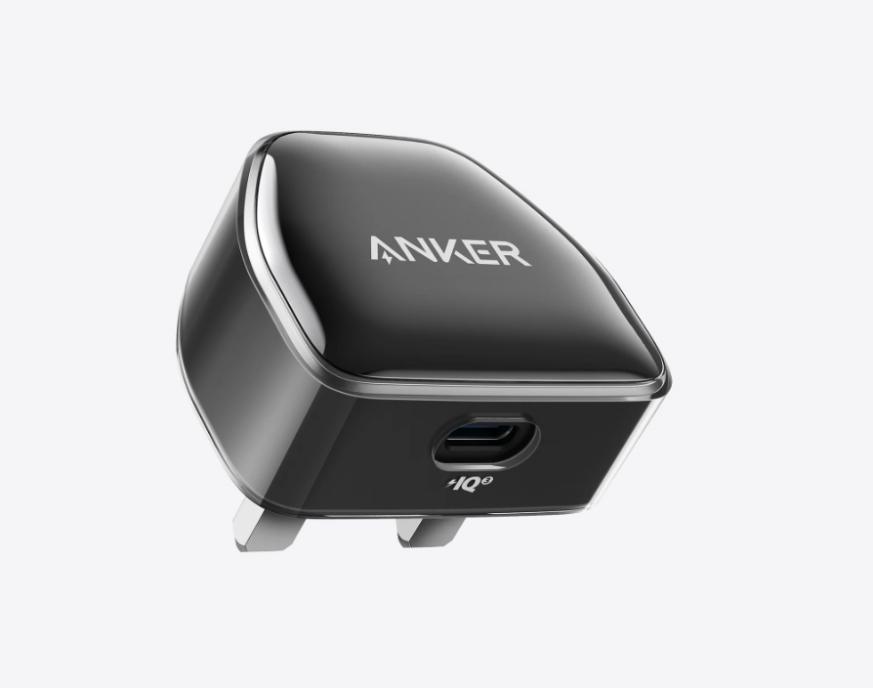Your phone’s battery drains faster than ever, yet your old charger takes hours to refill it. Sound familiar? Many people stick with slow, outdated chargers simply because they don’t know what to look for in a fast one. The right fast charger can cut charging time in half, keep your devices safer, and even save energy. In this article, we’ll break down everything you need to know to choose the best fast charger for your daily needs.

1. Understand Charging Standards
USB Power Delivery (PD) – For Laptops & Modern Phones
USB Power Delivery (PD) is the gold standard for fast charging today. Unlike older USB chargers that max out at 10W, USB PD can deliver up to 100W—enough to power a laptop or charge your phone in under an hour. Most modern smartphones, tablets, and even some wireless earbuds now support USB PD. If you own a recent iPhone, iPad, or high-end Android device, this is the charging standard you should prioritize. The beauty of USB PD is its versatility; a single charger can power multiple devices efficiently, reducing clutter at home or while traveling.
Qualcomm Quick Charge – Common for Android
If you own an Android phone, chances are it supports Qualcomm Quick Charge (QC). This technology adjusts voltage dynamically to charge your device faster while keeping temperatures low. Quick Charge 4.0 and later versions are even compatible with USB PD, making them a flexible choice. However, not all Android phones use QC—some brands have their own fast-charging systems. Always check your device’s specifications before buying. While USB PD is becoming universal, Quick Charge remains a reliable option for many mid-range and flagship Android devices.
2. Match Charger to Your Device
Not all fast chargers work optimally with every device. A charger that delivers 65W might be overkill for a smartphone but perfect for a laptop. Conversely, using a weak charger on a power-hungry tablet will result in sluggish charging speeds. Start by checking your device’s maximum supported wattage—most phones charge fastest between 18W and 30W, while laptops may need 45W or more. Also, ensure the charger’s output matches your device’s input requirements. A mismatched charger won’t necessarily harm your device, but it will slow things down.

3. Key Features to Look For
GaN (Gallium Nitride) Technology for Efficiency
Gallium Nitride (GaN) chargers are smaller, lighter, and more energy-efficient than traditional silicon-based chargers. They generate less heat, which means safer charging and longer lifespan for both the charger and your device. While GaN chargers may cost slightly more upfront, they’re worth it for frequent travelers or anyone who values portability without sacrificing power. Many GaN chargers also support multiple fast-charging standards, making them a future-proof investment.
Multiple Ports with Smart Power Distribution
A charger with multiple USB-C and USB-A ports lets you power several devices at once. Look for models with "smart power distribution," which automatically adjusts wattage based on what’s plugged in. For example, if you’re charging a laptop and a phone simultaneously, the charger will prioritize the laptop while still delivering enough power to the phone. This feature is a game-changer for families or professionals who carry multiple gadgets.
Foldable Plugs for Travel
A foldable plug might seem like a minor detail, but it makes a big difference in portability. Bulky chargers can snag on items in your bag or take up unnecessary space. Foldable plugs lie flat, making them ideal for travel or daily commutes. Some high-quality chargers even come with interchangeable plugs for international use, saving you from carrying bulky adapters.
4. Safety Certifications Matter
Cheap, uncertified chargers can overheat, damage your devices, or even pose a fire risk. Always look for safety certifications like UL (Underwriters Laboratories), CE (Conformité Européenne), or FCC (Federal Communications Commission). These marks ensure the charger meets strict electrical safety standards. Additionally, built-in protections like overcurrent, overvoltage, and short-circuit prevention add an extra layer of security. Spending a few extra dollars on a certified charger is far cheaper than replacing a fried smartphone.
5. Portability vs. Power Trade-offs
A 100W charger might sound impressive, but it’s often bulky and unnecessary for everyday phone charging. If you mostly charge at home, a slightly larger multi-port charger could be a better fit. On the other hand, frequent travelers should prioritize compact GaN chargers with enough power for their primary device. Consider your daily routine—do you need a charger that fits in your pocket, or one that stays on your desk? Balancing power and portability ensures you get the most practical solution.
6. Smart Shopping Tips
Avoid buying chargers based solely on price. A $5 charger from an unknown brand may save money upfront but could cost you more in the long run. Instead, read reviews from trusted sources and look for warranties—reputable brands often offer at least an 18-month warranty. Also, be wary of exaggerated wattage claims; some chargers advertise "60W" but only deliver that power under ideal conditions. Checking independent test results can help you avoid misleading marketing.
Conclusion
Choosing the right fast charger doesn’t have to be complicated. Focus on compatibility, safety, and features that match your lifestyle. If you’re looking for a reliable option, Anker’s fast chargers are widely praised for their performance, durability, and smart power distribution. Whether you’re charging a phone, tablet, or laptop, investing in the right charger saves time, protects your devices, and simplifies your daily routine. Charge smarter, not harder—your future self will thank you.
